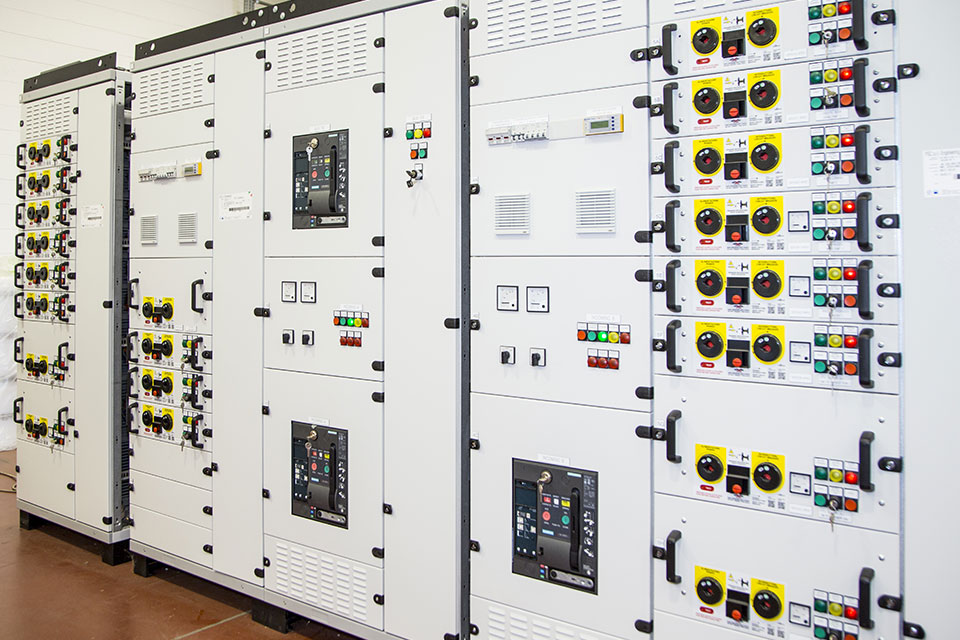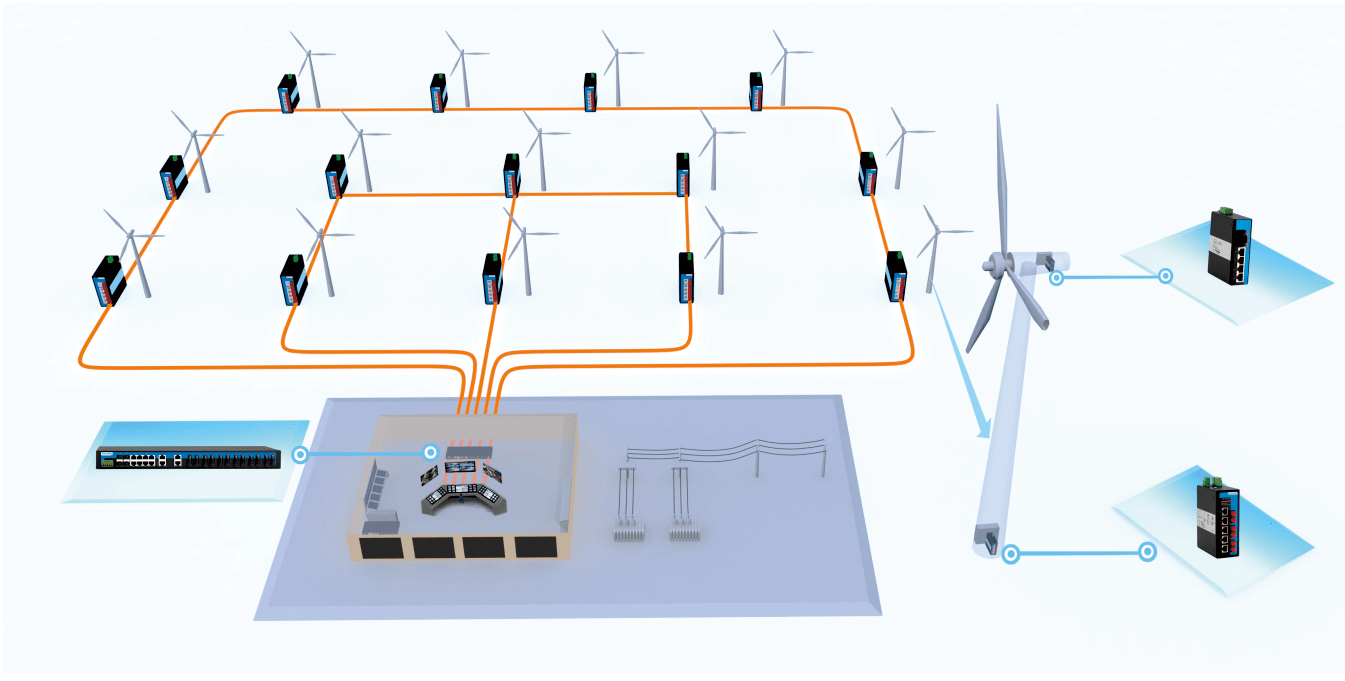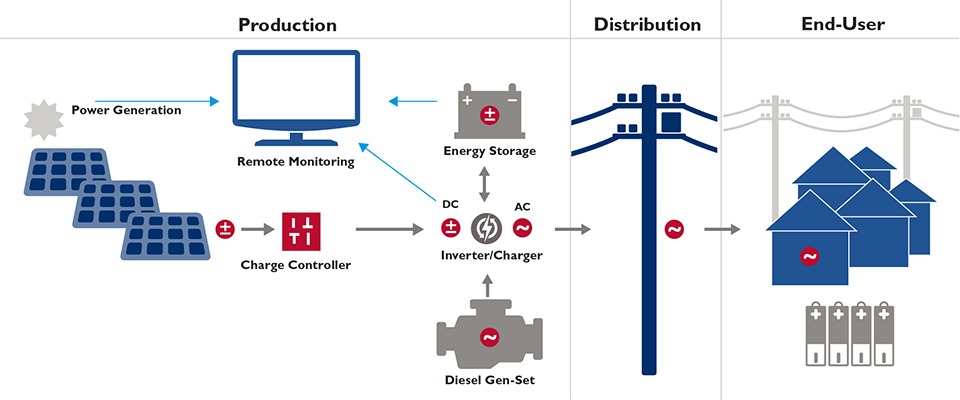Power Distribution
- Home
- Solutions
- MEP Solutions
- Power Distribution

Low Voltage or Medium Voltage networks are essential for all homes and their appliances. They are the primary carrier of electrical energy or electricity that supply power to homes and their respected distribution network (power distribution). A distribution network is a series of power lines that run to and from houses and various other locations on a network. The lines are connected to the main hub also known as HV/LV station which is a step-down transformer that reduces the high voltage from the mainline to a usable standard of a 3-phase 4-wire distribution voltage level of 230 and 400 Volts.
This Voltage rating is primarily used by most appliances such as microwaves, chargers, fridges, TV’s; basically, all home and office devices. Various hubs can differ from one another but standardly speaking they are typically comprised of;
- A Switchboard.
- Load-Break Switches.
- Circuit-Breakers.
- Fuse Boards.
- 1 or more 1000kVA transformer.
- Distribution Boards.
- Panel Boards.
A combination of one or more will give a desired specification to the hub, whether it distributes to a local home area or an industrial location. Protective measures are also put in place to avoid overstressing the lines or hub.
Types of power distribution
Three main types of distribution can be designed;

Radial Networks.
By far the most utilized network is the Radial configuration. It the most widespread and economic design while offering a respectable degree of reliability. Customers are commonly supplied in two different forms; either by a star-like, relatively short lines, or by several feeders of low-voltage overhead lines.
Underground cables are also an option but lack reliability due to the common failure of T joints. System protection is usually designed and implemented in a very simple manner.
Spot Networks.
High reliability and failure protection are the primary features of a Spot network. The network is usually set up to be fed from two or more MV/LV stations that provide power to a single source. This gives Spot networks a degree of redundancy in case of a transformer failure or if the system became overloaded and the circuit breakers take action.
Second protection might be used such as using different primary feeders (HV lines) in case one fails for a reason. A common use of Spot networks is in high load requiring locations such as large hospitals, business districts and tourist hotspots.
Grid Networks.
Grid networks, as the name might imply, is a network distribution consisting of grid arranged lines between users. The interconnected circuits are supplied from multiple primary feeds through HV/LV transformer at multiple locations. Grid networks are usually used in large cities or high-density populated areas.
The layout usually consists of underground cabling providing to each user, while allowing various current paths to stabilize the network. This cross-grid layout allows distribution from various transformers to every load on the grid.
Network Maintenance and Safety

Network protection is vital for all electrical circuits. Radial networks’ configuration as a default is secured as a fuse located at each distributor and transmission line protects from over-currents damaging the hub. For Spot and Grid networks, protectors are used to mitigating and stopping any feeder fault, and also cease any over current draw to propagate from the grid to the hub (HV/LV) or the primary feeder.
High short circuit draws can result from grid faults and hence overload protection is necessary to limit any further damage. Fuses are placed on both ends and connecting joints as a safety precaution.
Maintenance of LV, MV or HV lines and networks are extremely risky and dangerous. A trained professional or a specialized entity should always handle electrical defects or outages. No one should attempt even a “small” repair as it might result in a short-circuit flow which can proceed to cause an electrical fire.
